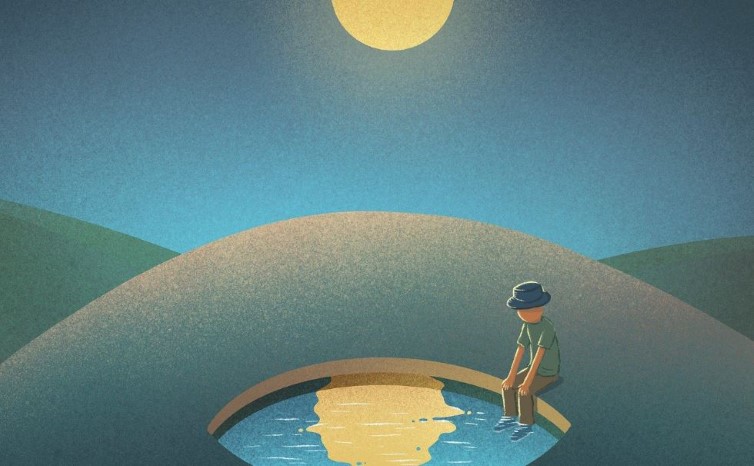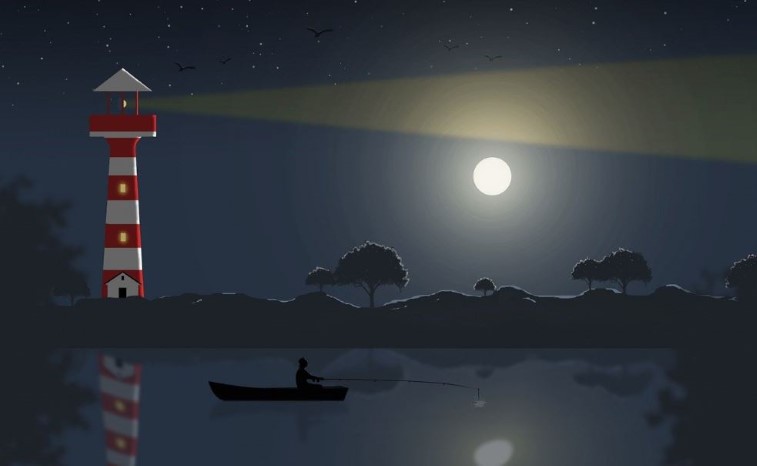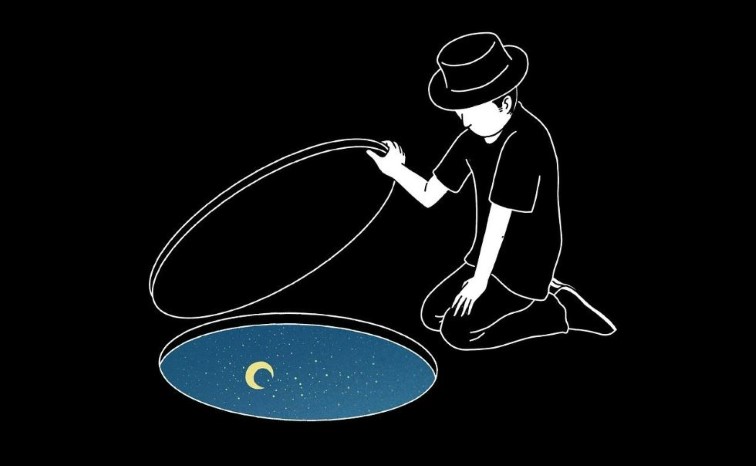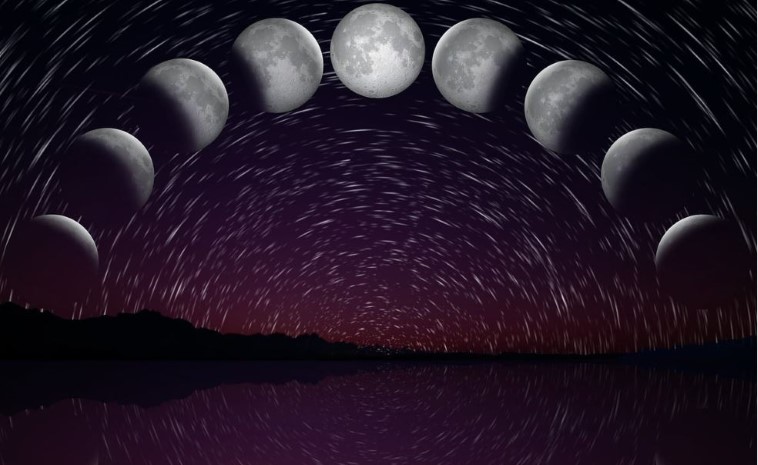Moon librations: Our one and only natural satellite oscillates?

Let’s pay attention: the Moon’s revolution lasts as long as the Moon’s rotation (i.e., one circle of the Moon around the Earth equals one turn around its axis), and the result of this alignment is that the Moon always turns the same side to us. Is this fully correct or not? We are here to find out folks!
From this we can draw a logical conclusion that from Earth we can see at most half of the total surface of the Moon and only when it is full.
Although this is somewhat a common myth, it’s not like that, not completely at least.
We can sometimes look at the other side of the Moon and therefore see a total of more than half of its surface! Did you know this?

Here’s what it’s all about.
- If you observe the Moon precisely for a long time, you can see that it wobbles, swings slightly during its movement, and in that swing, it reveals to us some parts of its other side.
- In reality, this sway does not actually exist, it is only an illusion that is obtained when the Moon reaches certain positions with respect to the Earth.
However, we also have a professional name for this swaying that does not exist – libracia* of the Moon. We distinguish between different types of librations.
* From the Latin word libratio. It means periodic movement around the equilibrium position, rocking, oscillating.
Libration in width and physical libration
In the mechanical sense, celestial bodies are primarily terns (those wobbling little objects) because their axis of rotation always keeps the same inclination to their path*.
The Moon is no different from other rotating bodies. In relation to the plane of the orbit around the Earth, its axis of rotation has an inclination of 83°19′.

* The basic feature of the gyroscope is that during rapid rotation, the direction of its axis of rotation remains constant.
- The Moon keeps this tilt during its entire revolution around the Earth, and this leads to libration in latitude.
- Because when the Moon, on its way around the Earth, passes to the north side of the ecliptic, we then look at it “from below” and so we see the area of the south polar region of the other side of the Moon.
- Accordingly, when the Moon comes to the south side of the ecliptic, we will see part of the surface on the other side of the north pole.
How big is that part?
The Moon’s equator makes an angle of 6°41 to the plane of the path. For that angle, we from Earth can see “behind” the south or north pole of the Moon. But as during the rotation of the Moon there are certain fluctuations of its nutational axis, it happens that the libration in width reaches 6°50.
Nutation (lat.) is the oscillatory movement of the axis of rotation around some equilibrium position, which occurs during the rotation of a solid body relative to a stationary point.
This movement of the Moon’s axis is its physical libration.
Libration in length
Thus, the Moon’s revolution is synchronized with its rotation. The natural satellite crosses its path around our Earth once and during that time it turns once around its axis. But look at the dubbing.
The speed of rotation of the Moon is constant, but not the speed of its revolution around the Earth. When it goes towards perigee its speed increases, while towards its apogee it decreases.
In the end, it all aligns and one circle around the Earth coincides with one circle around the axis, but along the way these two movements do not match perfectly.
That’s why it happens that in one part of the path, the Moon doesn’t get to turn its full “face” to the Earth and reveals to us a part of its other, further side.
On the other hand, in the second part of the track, when its speed of revolution is reduced, due to the constant speed of rotation, it turns more than it should if its movements were constantly synchronized, and then we again see part of its further side.

We can explain this in another way!
- For a quarter of the period of movement along the orbit, the Moon will not cover a quarter of its path, but more or less depending on the speed of movement.
- However, for the same period, it will turn around the axis exactly a quarter of a full turn around the axis of rotation.
Therefore, one gets the impression that the Moon is swinging.
This type of swaying is called longitudinal libration. It allows us to see up to 7°54′ east and west the far side of the Moon.
Parallactic libration
There is another libration that has nothing to do with the movement of the Moon, but still allows us to peek at the far side of our satellite. It is parallactic* libration.
It is conditioned by the relationship between the scale of the Moon and the Earth and their mutual distance.
- The Earth is larger than the Moon, so when we observe the Moon from diametrically opposite points of our planet, we will see it “from the side”, i.e. we will also see some parts of his further side.
Let’s say if you have a friend in Vancouver, who is on the other side of the planet, together you will see more than 50% of the Moon’s surface.

- You can achieve the same effect yourself by looking at the Moon in the evening and then waiting for the Earth’s rotation to take you to the opposite side, ie. wait for the morning and look at our satellite again.
- Now you will see it from a different angle, and you will see some parts of its other side, which you could not see in the evening.
Of course, for the full effect, the Moon must be full. The highest value of parallactic libration is 1°.
Final observations
All in all, thanks to the librations, you can see about 59% of the total surface of the Moon from Earth. But don’t count too much on that 9% extra half-moon.
These are areas (we call them libration zones) that we see from an unfavorable perspective and for amateur observations they are practically meaningless.
In percentages, the libration zones cover 18% of the Moon’s surface, of which 9% falls on our bluish side (because of the librations, we don’t always see them).
We wholeheartedly hope you learned something cool and new in today’s article. Stay curious and follow our blog for those weekly extra bits of knowledge!
Want to read more about the universe? Visit our blog!

